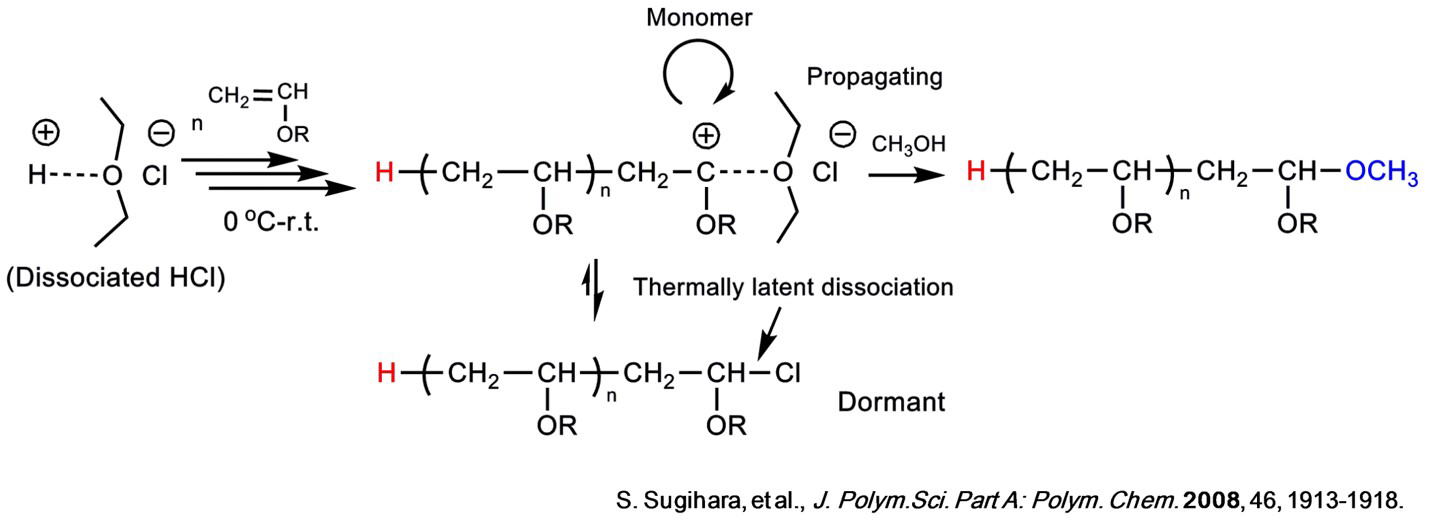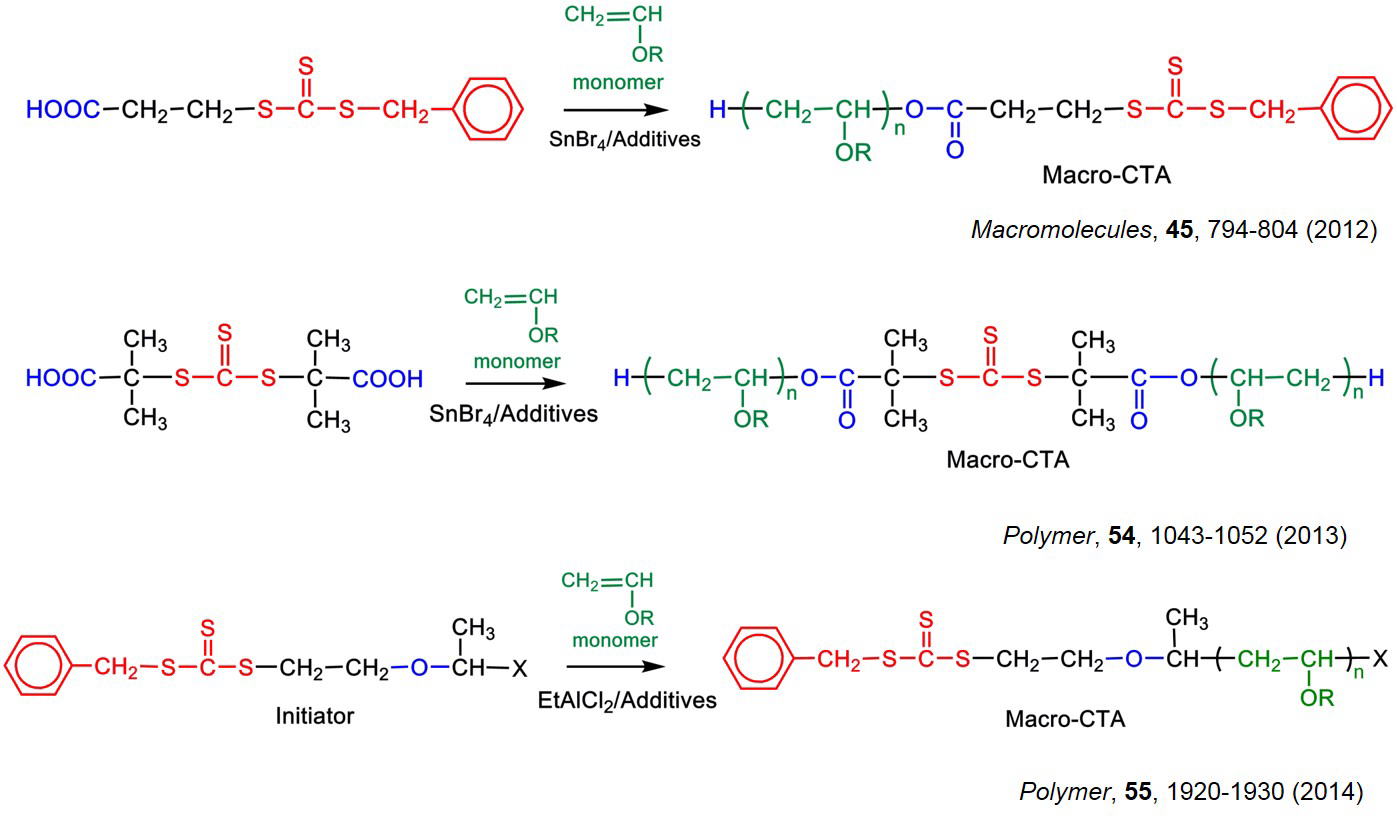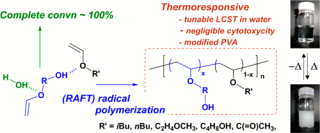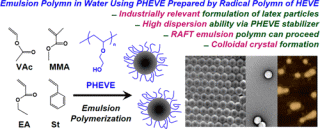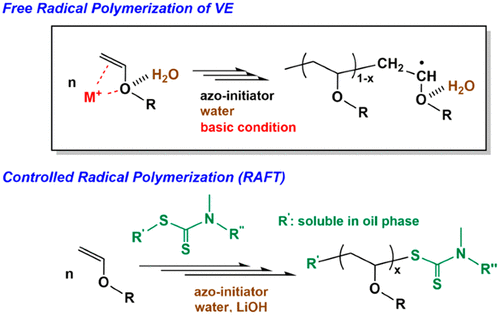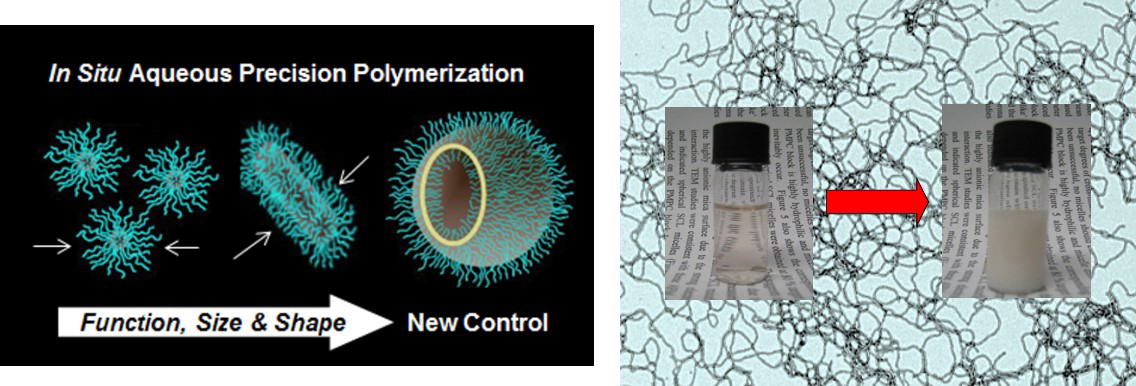Research
# Metal-free living cationic polymerization
Useful metal-free living cationic polymerization of various vinyl ethers by hydrogen chloride with ether was found for the first time. This system is facile polymerization using not HCl/Lewis acid but HCl alone in ether (Et2O) without Lewis acid. The molecular weights of the obtained polymers can be controlled with the feed ratio of the monomer and HCl. Furthermore, after-treatment can be easily carried out, because the system is inherently free from contaminants from metal catalyst residues. The living polymerization also can be achieved at relatively higher temperature for cationic polymerization. The key to success of living cationic polymerization in the system is using HCl·Et2O and controlling
# Transformation from cationic polymerization into RAFT polymerization
Various transformations using macro-chain transfer agents were conducted in our laboratory.
Recently, we found the RAFT cationic polymerization (MRCP) and one-pot transformation from the MRCP to RAFT radical polymerization. See Macromolecules, 48, 5120-5131 (2015)
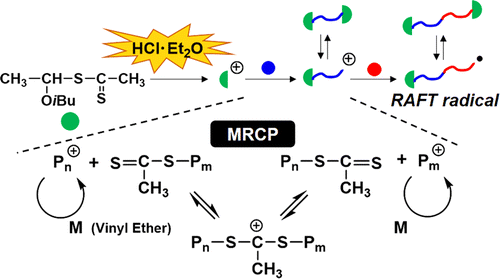
We achieved unprecedented controlled radical vinyl polymerization (CRP) of vinyl ethers using reversible addition–fragmentation chain transfer (RAFT) polymerization. In order to overcome the challenge of direct radical polymerization of vinyl ethers, commercial hydroxy-functional vinyl ethers such as 2-hydroxyethyl vinyl ether (HEVE) were subjected to free radical polymerization, generating vinyl polymers without polyacetals obtained by self-polyaddition polymerization.
Macromolecules 49,1563 (2016),Patent JP 5936184
Macromolecules 50, 8346-8356 (2017)
Macromolecules 51, 1260-1271 (2018)
J. Am. Chem. Soc.2019,141(35),13954-13961
# Self-assembly (Polymeization induced self-assembly)
Amphiphilic diblock copolymers are known to form a wide range of nanostructures (spheres, worms, vesicles, etc.) in solvents that are selective for one of the blocks. However, such self-assembly is usually limited to dilute copolymer solutions (<1%), which is a significant disadvantage for potential commercial applications such as drug delivery and coatings. In principle, this problem can be circumvented by polymerization-induced block copolymer self-assembly.
# Stimuli-reseponsive polymers)
We prepared some thermoresponsive polymers.
.
